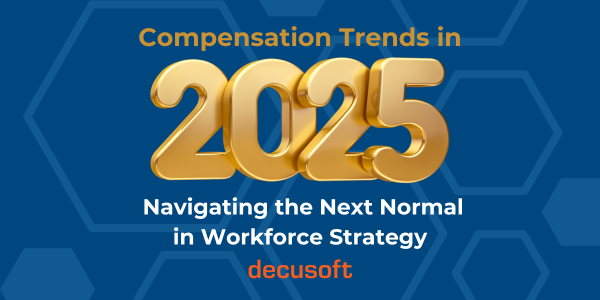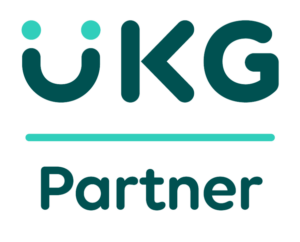Decusoft did a Webinar on this topic a while back with our partner FinServ. You can watch the webinar HERE.
When you are considering taking the plunge and choosing a new vendor to handle your compensation automation, you have more choices than ever before. This is a blessing and a challenge to find the best option for your company and your situation.
You will definitely want to start with a System Checklist of the “Must-Haves” that you need. Typically these will involve security, reliability, centralization, and the ability to communicate. Once you determine your short list of requirements, you are going to want to avoid these pitfalls that can negatively impact your evaluation.
Not setting the objectives of the solution first
▪ What business needs are we trying to meet?
▪ What problems must the new software solve?
▪ What pain points have we encountered with our current system(s)?
▪ What new features or functions do we need?
▪ Once determined, your requirements list now becomes a checklist you can use to evaluate potential compensation software providers
Not getting pre-approval for the project objective
▪ Getting the right buy-in is especially critical, many operation execs view HR solutions as cost centers It is key to obtain executive support for transformation prior to engaging vendors
▪ Other partners such as Technology, Finance, Purchasing and Legal
Not blending democracy with software selection
▪ Assemble a group of HR, business, and IT members who agree on criteria and a process for the selection
▪ Pick a quick, shortlist of vendors who proclaim to meet your needs and provide them a script of what you want to see from them. The script is key. Without it, vendors will show you what they want to show you without linking it to business objectives
Hiding the evaluation from IT
▪ Avoid the tendency to “go it alone”
▪ When IT gets brought in late, naturally they are at a disadvantage and this often leads to delays in the project
Creating a disjointed RFP
▪ Reviewing RFPs as a vendor can be humorous there are times when it’s obvious a selection committee surveyed 10 vendors and picked the best features from each one. The resulting RFP is a “Frankenstein” version of the market that no vendor supports
▪ The RFP decision-makers need to be present in all vendor meetings and product demos
DOWNSIDE OF RFP: Can delay project onset and be overly time-consuming if the process isn’t run correctly.
SPECIAL TIP: Consider hiring a third party to run the vendor evaluation process on your behalf. A comprehensive requirements matrix can be substituted for a full RFP which can reduce the project length and cost.
Not maintaining a collaborative relationship with vendors
▪ Once you narrow down a shortlist of two or three vendors schedule a scripted demo focused on your core objectives in priority order
▪ Have the team maintain a scorecard/checklist to evaluate vendors & let them know how they performed
Not doing your homework by researching the vendor and key team members
▪ Use Linked In and Google to check the background and search for commonality.
▪ 2 out of 3 buyers view a salesperson’s profile prior to the meeting
▪ Make sure your profile is accurate and up to date as you too are being looked up prior to meetings/calls
▪ Why? Find common connections & possible references




